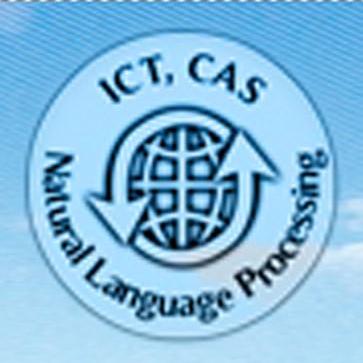Discover and explore top open-source AI tools and projects—updated daily.
LLaVA by  haotian-liu
haotian-liu
Multimodal assistant with GPT-4 level capabilities
Top 1.7% on SourcePulse
LLaVA is an open-source project enabling large language and vision assistant capabilities, aiming to match or exceed GPT-4V performance. It's designed for researchers and developers working on multimodal AI, offering a robust framework for visual instruction tuning and a suite of pre-trained models.
How It Works
LLaVA employs a visual instruction tuning approach, connecting a frozen vision encoder (like CLIP) to a frozen large language model (LLM). This is achieved through a trainable projection layer. The model is then fine-tuned on a large dataset of multimodal instruction-following data, enabling it to understand and respond to visual prompts. This method allows for efficient training and achieves strong performance with relatively modest computational resources.
Quick Start & Requirements
- Install:
pip install -e .(Python 3.10+ recommended). - Prerequisites: PyTorch, Transformers, Accelerate, FlashAttention (optional but recommended). GPU with sufficient VRAM (e.g., 12GB for 4-bit 7B models, 24GB+ for larger models).
- Demo: Gradio web UI can be launched locally.
- Docs: LLaVA Project Page, Model Zoo.
Highlighted Details
- Achieves state-of-the-art performance on multiple benchmarks, including visual question answering and multimodal reasoning.
- Supports various model sizes (7B, 13B, 34B) and quantization (4-bit, 8-bit) for reduced VRAM usage.
- Offers LoRA training support for efficient fine-tuning.
- Recent LLaVA-NeXT versions support Llama-3 and Qwen-1.5, and demonstrate strong zero-shot video capabilities.
Maintenance & Community
The project is actively maintained by Haotian Liu and collaborators, with significant community contributions including integrations with llama.cpp, AutoGen, and SGLang. Active community support is available via Discord/Slack channels.
Licensing & Compatibility
LLaVA itself is typically released under permissive licenses (e.g., Apache 2.0), but usage of base models (like Llama-2, Vicuna) and datasets is subject to their original licenses, which may include restrictions on commercial use or redistribution. Users must comply with all underlying license terms.
Limitations & Caveats
While LLaVA-1.5 can be trained on a single 8-A100 node, achieving GPT-4V level capabilities often requires significant computational resources for training larger models. Some community integrations or specific features might be in preview or have experimental status.
1 year ago
Inactive

 VARGPT-family
VARGPT-family ictnlp
ictnlp jshilong
jshilong xmoanvaf
xmoanvaf SkunkworksAI
SkunkworksAI HITsz-TMG
HITsz-TMG 2U1
2U1 PKU-YuanGroup
PKU-YuanGroup DAMO-NLP-SG
DAMO-NLP-SG NExT-GPT
NExT-GPT LLaVA-VL
LLaVA-VL QwenLM
QwenLM